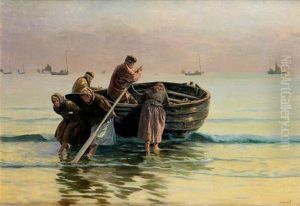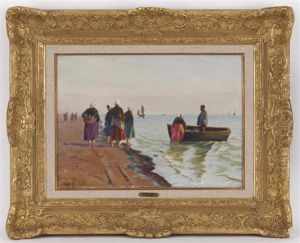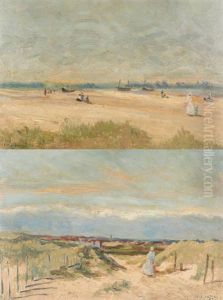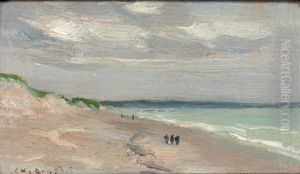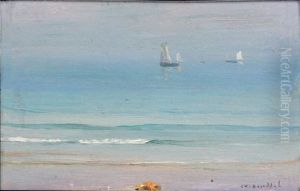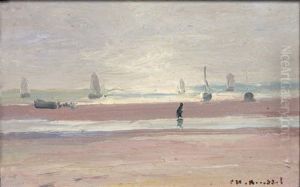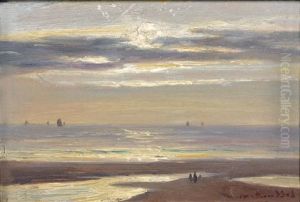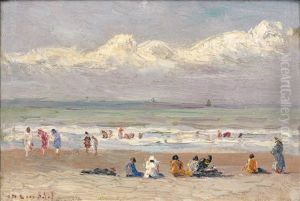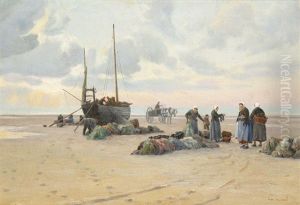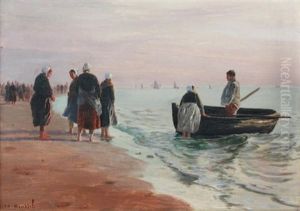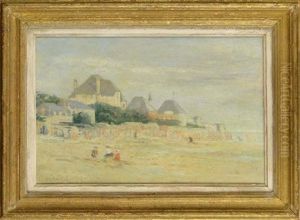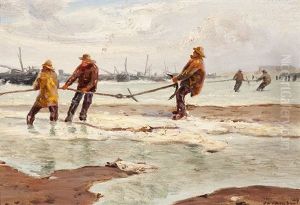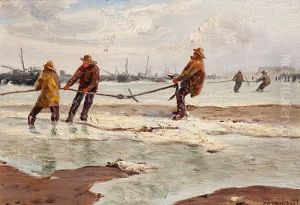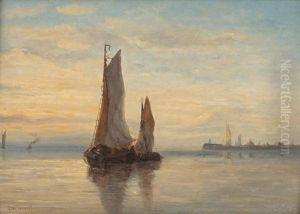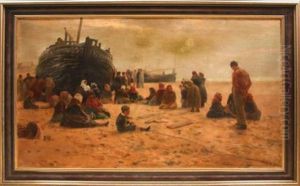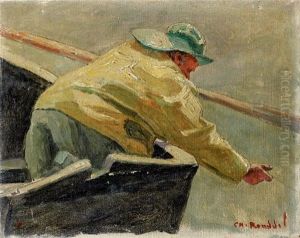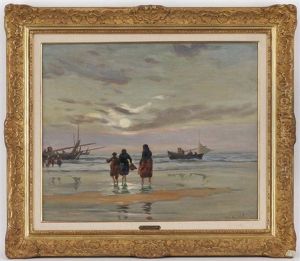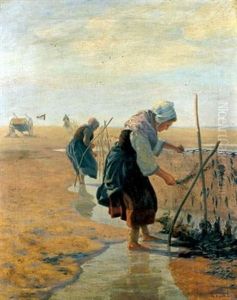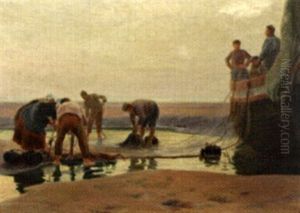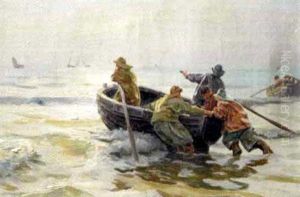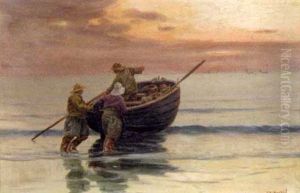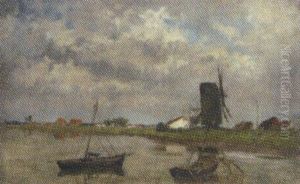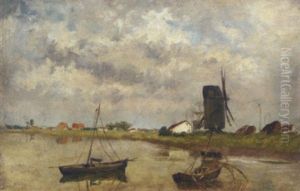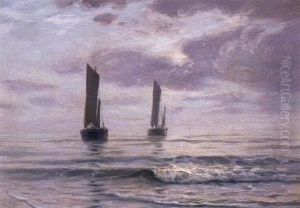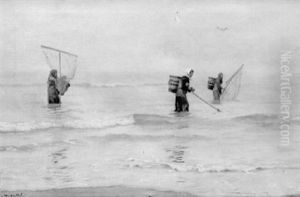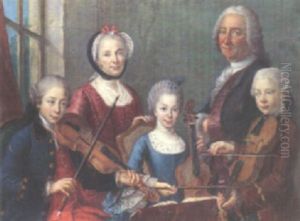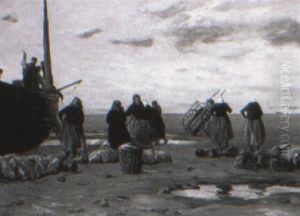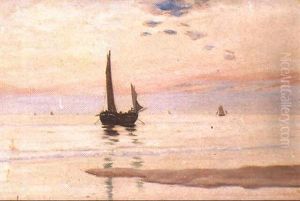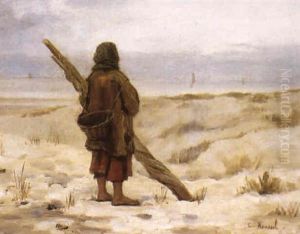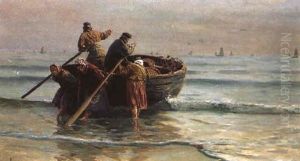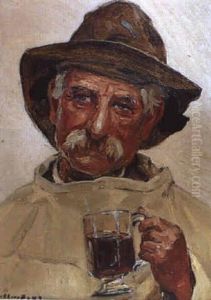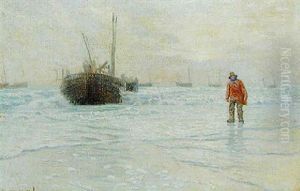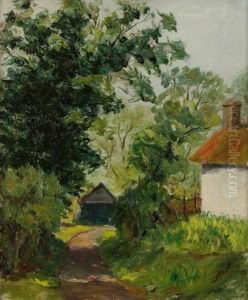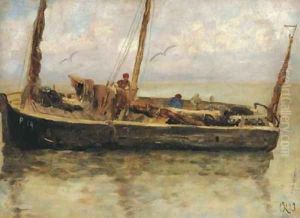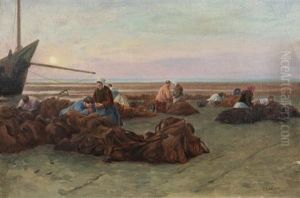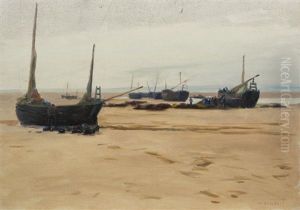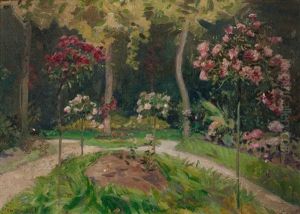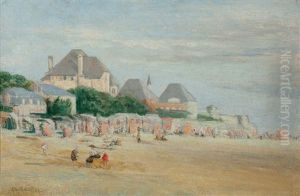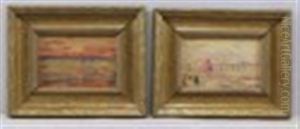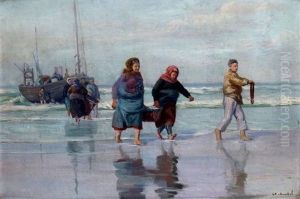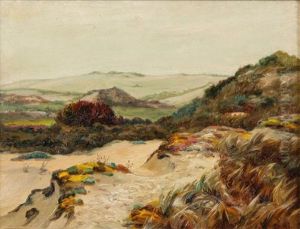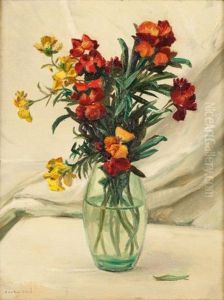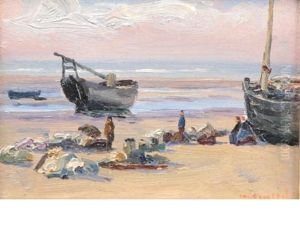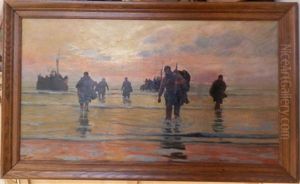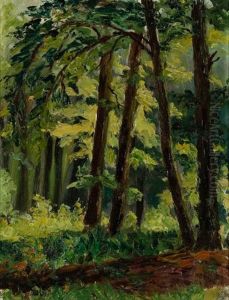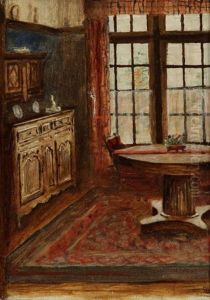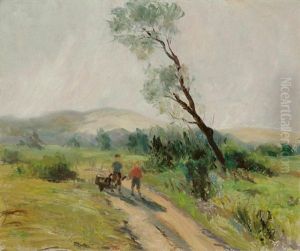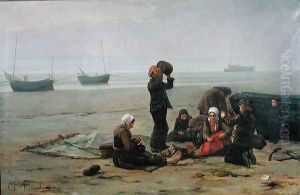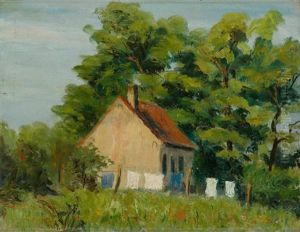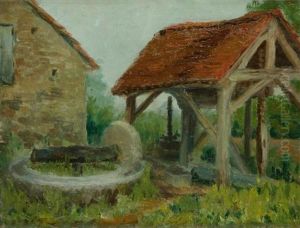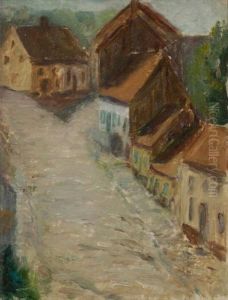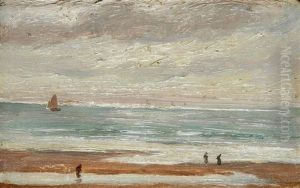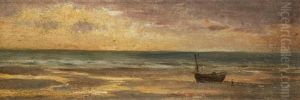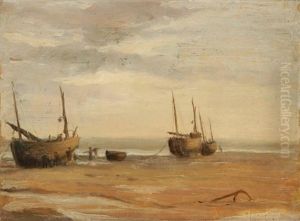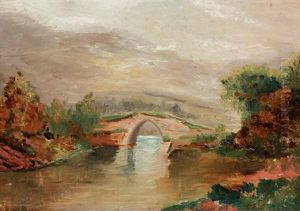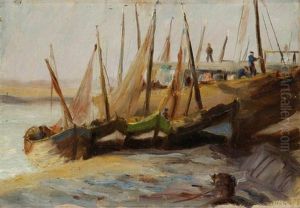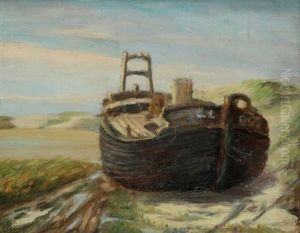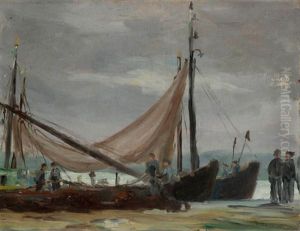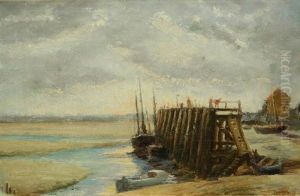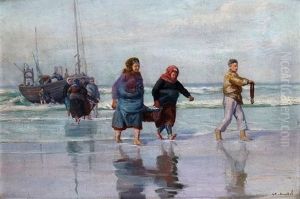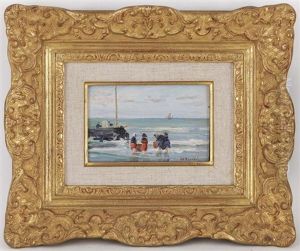Charles Emmanuel Joseph Roussel Paintings
Charles Emmanuel Joseph Roussel was a French sculptor and illustrator who lived during the late 19th and early 20th centuries. Born on December 8, 1861, in Cambrai, France, Roussel showed an early interest in the arts, which led him to pursue a career in sculpture. He studied at the École des Beaux-Arts in Paris under renowned sculptors such as Alexandre Falguière and François Jouffroy, which significantly influenced his artistic development.
Roussel's work was primarily influenced by the Art Nouveau movement, which was characterized by its use of flowing lines and natural forms. He became well-known for his decorative sculptures, which often featured allegorical subjects, mythological figures, and representations of women. His sculptures were made from a variety of materials, including bronze, marble, and ivory. In addition to his three-dimensional works, Roussel also produced illustrations for various publications, showcasing his versatility as an artist.
Throughout his career, Roussel exhibited his works at the Salon des Artistes Français, where he gained considerable recognition. He was awarded a third-class medal in 1889 and a second-class medal in 1891. His reputation continued to grow, and in 1900, he received a gold medal at the Exposition Universelle in Paris, a prestigious world's fair that celebrated achievements in the fine arts, alongside advancements in technology and industry.
Roussel's contributions to French art were further acknowledged when he was made a Knight of the Legion of Honor, one of the highest distinctions in France, recognizing his significant impact on the nation's cultural heritage.
Despite his success, Charles Emmanuel Joseph Roussel remains a lesser-known figure in the pantheon of French artists. His works, however, can still be appreciated in various museums and collections in France and beyond. Roussel passed away on April 3, 1936, leaving behind a legacy of elegant sculptures and illustrations that reflect the artistic trends and sensibilities of his time.
